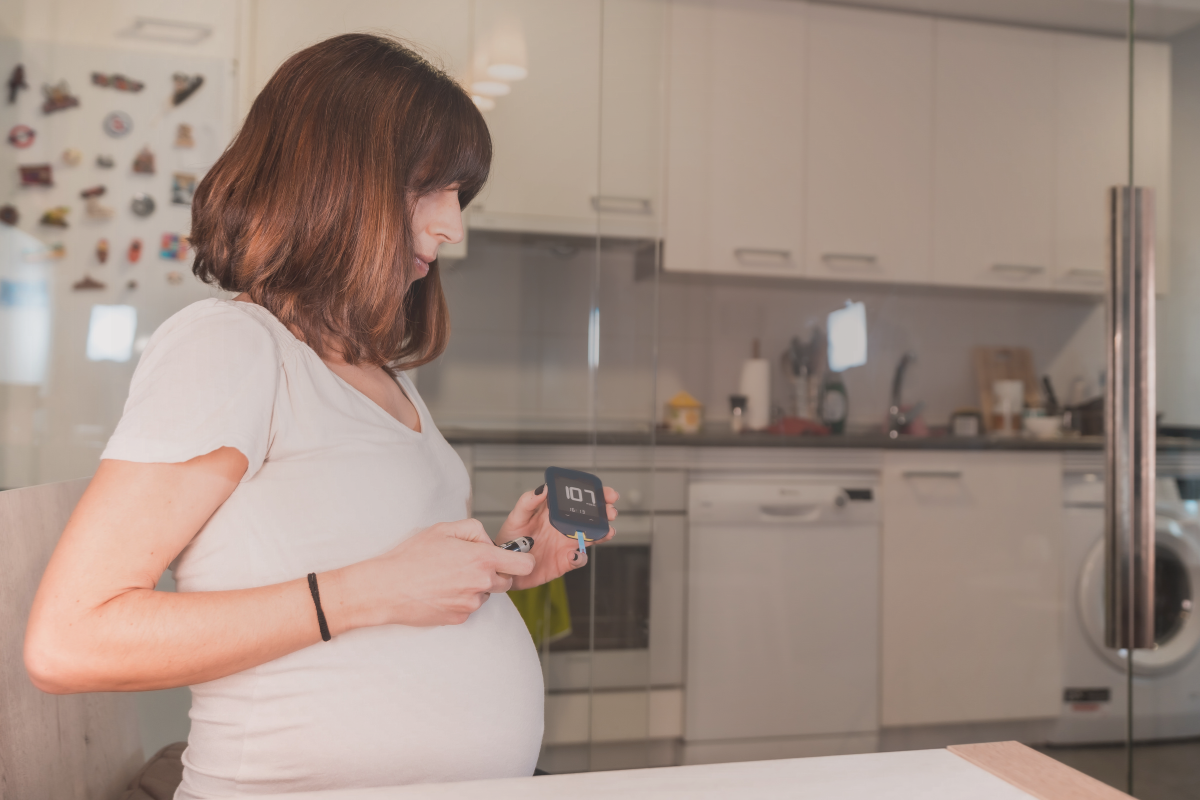When we are struggling with something new — and there always seems to be something new to struggle with in pregnancy and parenting — there is tremendous solace in knowing we are not alone. When your child refuses to poop in the toilet, it is extremely reassuring to know that you are not alone and that, in fact, this is so common it has a name (“stool toileting refusal”). This knowledge can be reassuring even when there is nothing that you can do about the problem.
This shared experience can be generated by anecdote — by individual stories — which is part of what we try to do at ParentData. For me, though, it’s also generated by data. In these moments, I crave the reassurance of data, of knowing how unusual (or not) my experience is.
In some areas, the world of research delivers for me on this. But in others, it really does not. In the space of conception and pregnancy, we do an okay job when we have information that is collected as part of medical records. But as soon as we move into questions that aren’t in your medical records, questions that are more about experience, the data environment collapses.
Today’s topic is an example. I found myself pondering some reader questions the other day about time to pregnancy. How long does it typically take? If you got pregnant fast the first time, would it be fast the second? Faster? Slower? Did your age matter? In perusing the literature, I found that there was very little that would help me answer these questions.
So I decided to see if I could learn something more by asking all of you; it is your answers I’ll report on today.
I want to be clear, though, on the limits to this approach. The ideal way to answer these questions would be a large nationally (or internationally!) representative study. Instead, this is a convenience sampling survey, meaning I surveyed the people who it was convenient to study.
Properly, then, I think of this as somewhere in the space between anecdote and research. It’s based on thousands of people, and the questions were asked in a way that let us look at them with numbers. But the New England Journal of Medicine is not coming to call for the results. Still: I am hoping that the numerical quantification of this shared experience is helpful.
With that long wind-up, here we go. The survey I did was quite focused, so I’ll surface just two sets of results. The first is about time to pregnancy, how it varies, and how correlated it is. Second, I’ll talk about pregnancy termination and loss.
Basic survey facts
In a research paper, this would be the methods section.
I surveyed 18,638 individuals, recruited through this newsletter, Instagram, and word of mouth. The sample included people with at least one pregnancy and did not include conceptions through IVF.
Survey participants were asked, for each pregnancy: their age at the time of pregnancy, whether they were trying to conceive, how long it took (if they were trying), and the pregnancy outcome. Note, I did not ask any demographic questions (e.g. race, education).
Time to pregnancy
Of the total of 37,160 pregnancies recorded by survey participants, 87% were conceptions where people reported they were trying to conceive. I did not ask “how hard” people were trying, so this is likely to be a range from “I went off the pill and we decided to just see what happened” up to “I took 30 ovulation tests every month and timed sex to the minute.”
Among the 32,414 pregnancies in the study for which people were trying to conceive, the average time to conception was 3.9 months. It is important to note that since this data includes successful conceptions, it shouldn’t be taken as measuring the average time to conception for all people.
Average time to conception varied by age and by which pregnancy. The graphs below show average conception time for age groups and based on the pregnancy number (note: these are only for people who reported trying to conceive).
Unsurprisingly, older people take longer to conceive (they are also less likely to be successful, which isn’t captured here). Later pregnancies tend to be conceived faster; this is true overall, and even taking into account older age. This fact, however, is a little hard to interpret. Since among the people with one pregnancy, only a subset have more than one, this isn’t the answer to whether conception is faster later.
To look at that, I looked within people. Beginning with people who have at least two (intended) pregnancies: the first pregnancy conception time was an average of 4.2 months, and the second pregnancy was 3.3 months. For those with at least three (intended) pregnancies, the averages are: 4.1, 3.3, and 3.2 months.
So, on average, later conceptions are slightly faster.
There is also a strong correlation in time to pregnancy across pregnancies, but it is by no means perfect. One way to see this is in the graph below, which illustrates the distribution of time to second pregnancy for women who reported varying times to conceive the first pregnancy.
Conception is on average faster for women who report conceiving the first pregnancy more quickly, but there is a lot of overlap in the distributions. Some women who get pregnant in the first month the first time take many months to conceive a second; on the flip side, among women who report taking more than three months to conceive the first pregnancy, almost 30% conceive a second pregnancy in the first month of trying.
Another way to say this: time to first pregnancy only explains about 11% of the variation in time to second pregnancy.
Pregnancy loss and pregnancy termination
I also asked in this survey about pregnancy outcomes, including losses. These experiences can feel so incredibly lonely, which is all the worse when you realize how widely shared they are.
Among the 18,638 responses to the survey, 26% reported at least one miscarriage, 0.5% reported at least one stillbirth, and 6.5% reported at least one abortion.
Among women with at least one live born child, 27% reported at least one miscarriage, either before or after a first child. Of those women who reported a miscarriage in their first pregnancy, 85% had gone on to have children in later pregnancies.
Miscarriage rates were higher at older ages, and abortions were more common at younger ages, but all of these happened throughout the age groups. The youngest miscarriage age was 13; the oldest, 45. The youngest age for an abortion was 14; the oldest, 44.
The bottom line
- Among people with multiple pregnancies, time to pregnancy is shorter in later conceptions. This is true even within a person: the average person with two pregnancies will have a shorter time to conception with the second than with the first.
- Time to a first pregnancy is predictive of the time to a second pregnancy, but this prediction is fairly weak. There is a lot of remaining unexplained variation.
- To go back to the start here — when we embark on pregnancy and parenting, it is easy to feel alone. And this is especially true in the very hardest moments. But you’re not. Even in those moments, you are not alone.



















